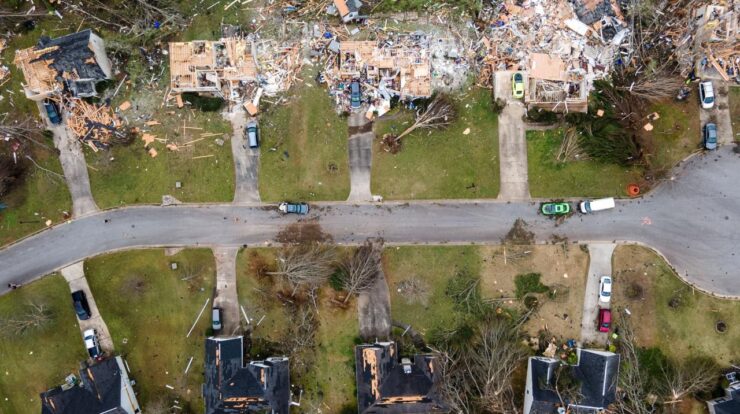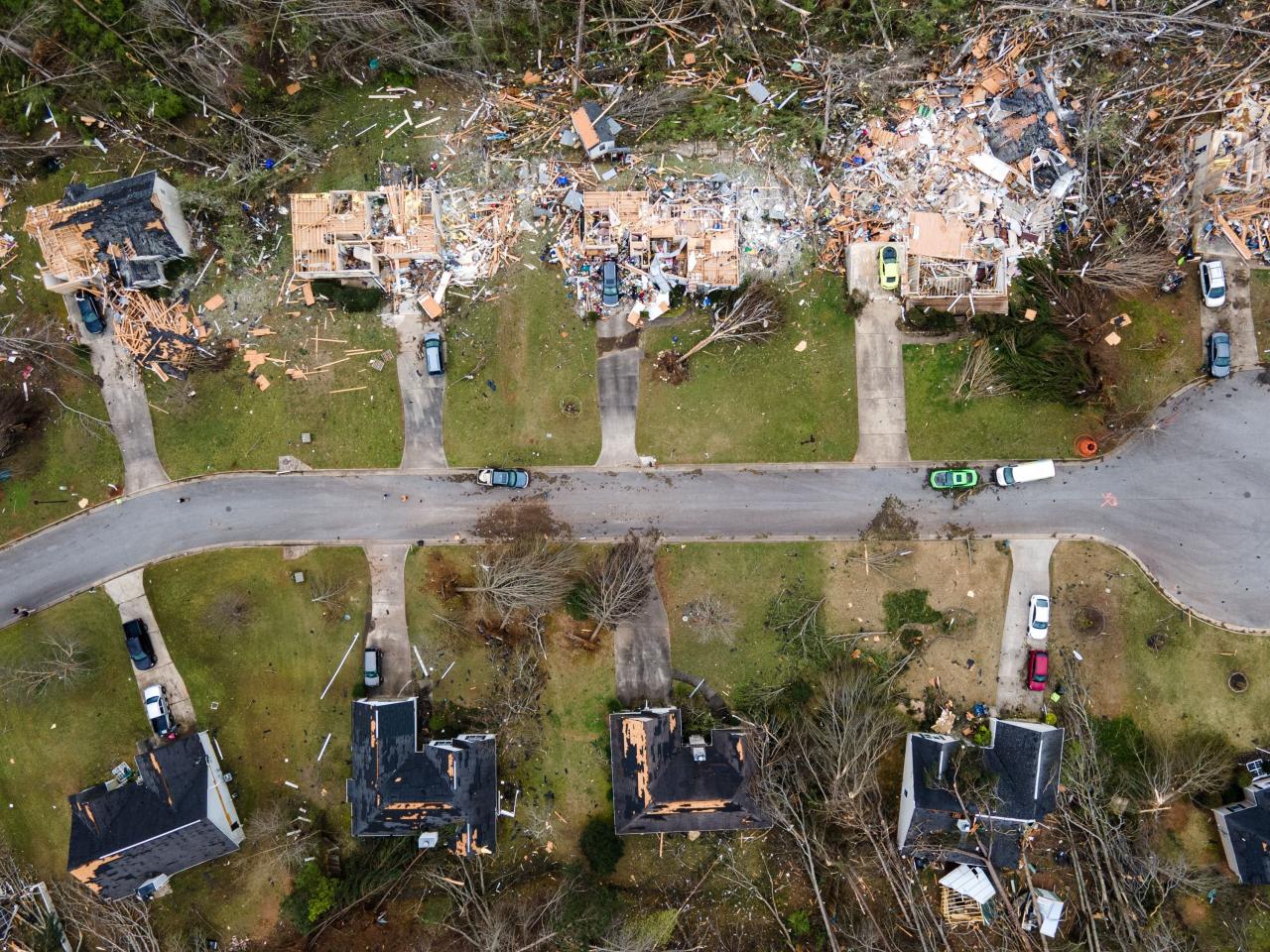
Tornadoes Today: Understanding, Preparing, and Responding
Tornadoes, violent and unpredictable, have left an indelible mark on communities worldwide. Understanding their behavior, preparing for their wrath, and responding effectively can save lives and mitigate their devastating impact. This comprehensive guide delves into the science, safety, and societal consequences of tornadoes, empowering individuals to navigate these perilous storms.
Historical Context of Tornadoes: Tornadoes Today
Tornadoes have been a destructive force throughout history, leaving behind a trail of devastation and loss. The earliest recorded tornado occurred in China in 684 AD, killing thousands of people. Since then, tornadoes have plagued communities worldwide, particularly in the Great Plains of the United States.
In the past century, the number of reported tornadoes has steadily increased, attributed to improved detection methods and increased population density in tornado-prone areas.
Factors Contributing to Tornado Formation
Tornadoes form when warm, moist air from the Gulf of Mexico collides with cold, dry air from the north. This creates a zone of instability in the atmosphere, leading to the formation of thunderstorms. Within these thunderstorms, updrafts and downdrafts create a spinning motion that can develop into a tornado.
The intensity of a tornado is determined by the temperature difference between the warm and cold air, the amount of moisture available, and the wind shear present.
Types of Tornadoes, Tornadoes today
Tornadoes are classified into different types based on their appearance and behavior. The most common type is the classic tornado, which has a narrow, funnel-shaped cloud that extends from the base of a thunderstorm. Waterspouts are tornadoes that form over water, while landspouts are tornadoes that form over land but do not connect to a thunderstorm.
Multiple-vortex tornadoes are rare but powerful, featuring two or more tornadoes rotating around a common center.
Current Tornado Activity

Real-Time Tornado Warnings and Watches
| Time | Location | Warning/Watch | Intensity |
|---|---|---|---|
| 10:00 AM CST | Oklahoma City, OK | Tornado Warning | EF2 |
| 11:30 AM CST | Wichita, KS | Tornado Watch | |
| 12:15 PM CST | Dallas, TX | Tornado Warning | EF3 |
Interactive Tornado Map
[Interactive map showing the movement and intensity of tornadoes in real-time]
User-Submitted Tornado Reports
[Section for users to submit reports of tornado sightings and damage]
Concluding Remarks

Tornadoes, while formidable forces of nature, can be understood and managed with knowledge and preparedness. By staying informed, taking precautions, and supporting affected communities, we can mitigate their impact and foster resilience in the face of these destructive events.
Query Resolution
What are the warning signs of a tornado?
Funnel cloud, rotating debris, loud roaring sound
What should I do if I see a tornado?
Take shelter immediately in a sturdy building, basement, or underground
How can I prepare for a tornado?
Create a safety plan, assemble an emergency kit, stay informed about weather forecasts





